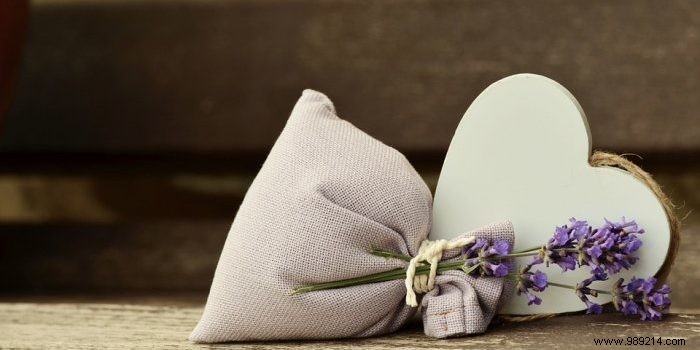
Lavender is a plant widely used in various products cosmetics and wellness. With its beautiful purple color and its many known benefits for the body, it is ideal to plant it in the garden. But before making this decision, it is important to know its different varieties and above all, to know how to maintain lavender so that it develops properly. Here is all the information you need to properly plant lavender at home.
Lavender looks like a small grove with lots of foliage and which gives pretty flowers in different colors. By growing it among other plants, it can allow them to develop well by its particular action. Indeed, lavender has the particularity of repelling unwanted insects that are harmful to flowers. Aphids avoid it, for example. You will have understood, no more need for pesticides!
It is well known that lavender is a flower that gives off a pleasant fragrance. Products or natural diffusions made from this plant serve as a room scent or on clothing. But its action does not stop there. Lavender also helps for relaxation and soothing the body. So a yoga session would be ideal with a bouquet of lavender nearby.
Omitting the fact that it has a scent reminiscent of Provence, lavender can be recognized thanks to a few particularities. As it has already been said above, it presents itself as a plant with many foliage. These grow oppositely, and to the touch, its leaves are all thin and slightly hairy. It is to know that the tones of its leaves pull towards the gray green. The lavender flowers are located at the end of its stems and are in the form of spikes.
What differentiates the different types of lavender is that the flowers come in three colors.
Lavender is a flower that thrives mainly in the sun, but it can also withstand the cold, in the case of some varieties.
Lavender is a plant that can grow and develop in both cold and sun. What you have to be careful about, however, is to choose a place that is not humid. The soil where it grows must be well drained, and if it tends to be quite clayey, it is important to add some sand.
After planting, it is essential to water it often until it is well established. But then it is no longer necessary to water. Except in the event of a drought.
To prevent damage, lavender often needs to be pruned to keep it compact. On the other hand, it will be necessary to remove the old wood and keep the young shoots so that it flourishes properly.